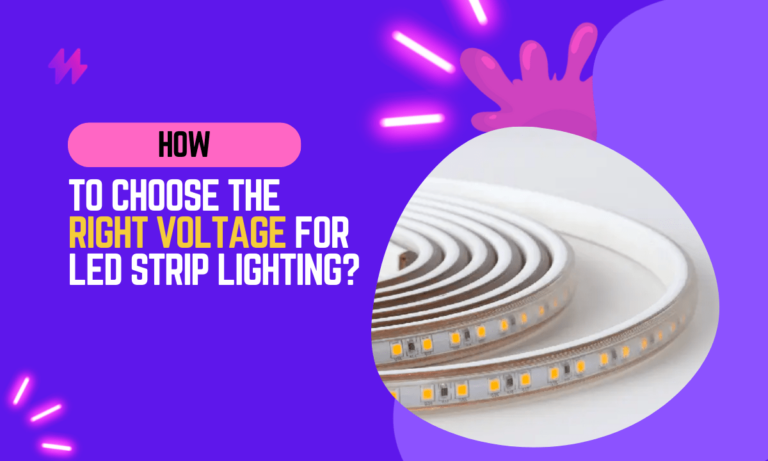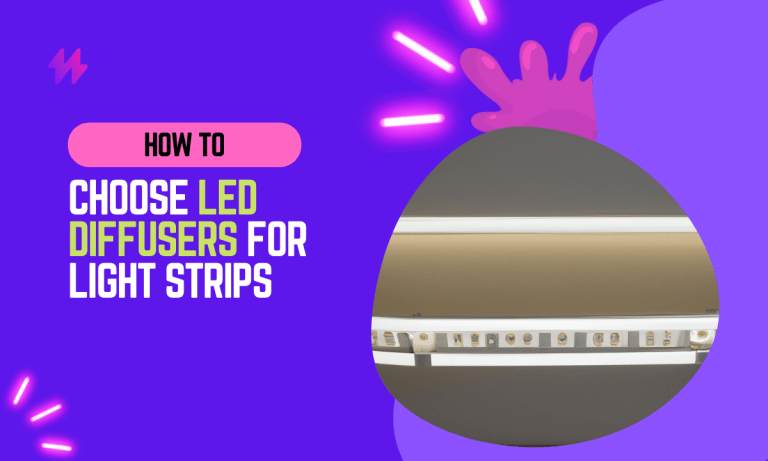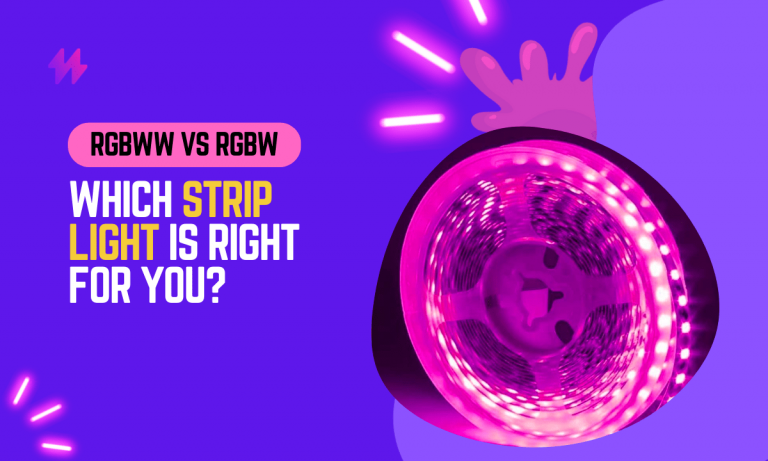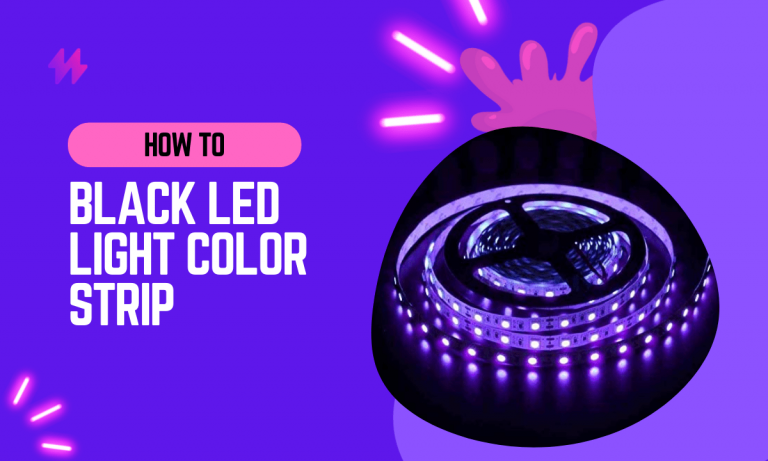Can LED Strip Lights be Hardwired?
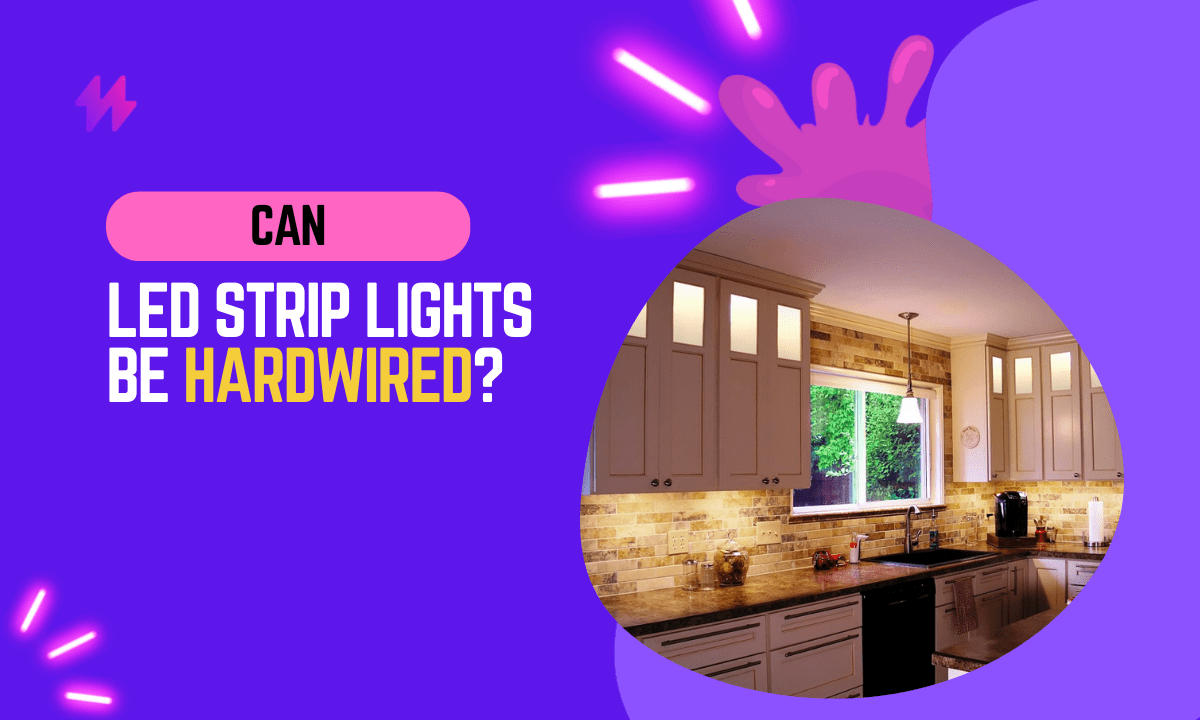
LED strip lights have gained popularity for their versatility and aesthetic appeal. Many people are now wondering if these lights can be hardwired for a more permanent installation. To improve the usage of LED lights, many are asking, “Can LED strip lights be hardwired?”
When hardwiring LED strip lights, it is essential to use wire nuts to secure the connections. This ensures a safe and reliable electrical connection. It is important to note that only the LED strips should be hardwired, not the temporary lights.
Can LED Strip Lights be Hardwired?
Yes, LED strip lights can indeed be hardwired, but it’s important to understand the purpose for which these lights are designed. When hardwiring LED strips, it’s essential to use wire nuts to secure the connections properly. This ensures a safe and reliable electrical connection.
To hardwire LED strip lights, there are a few steps you need to follow. When hardwiring LED strip lights, it’s crucial to prioritize safety. Make sure to turn off the power before making any connections and follow all electrical safety guidelines. If you’re unsure about the process, it’s always best to consult a professional electrician.
Why Hardwire LED Strip Lights?
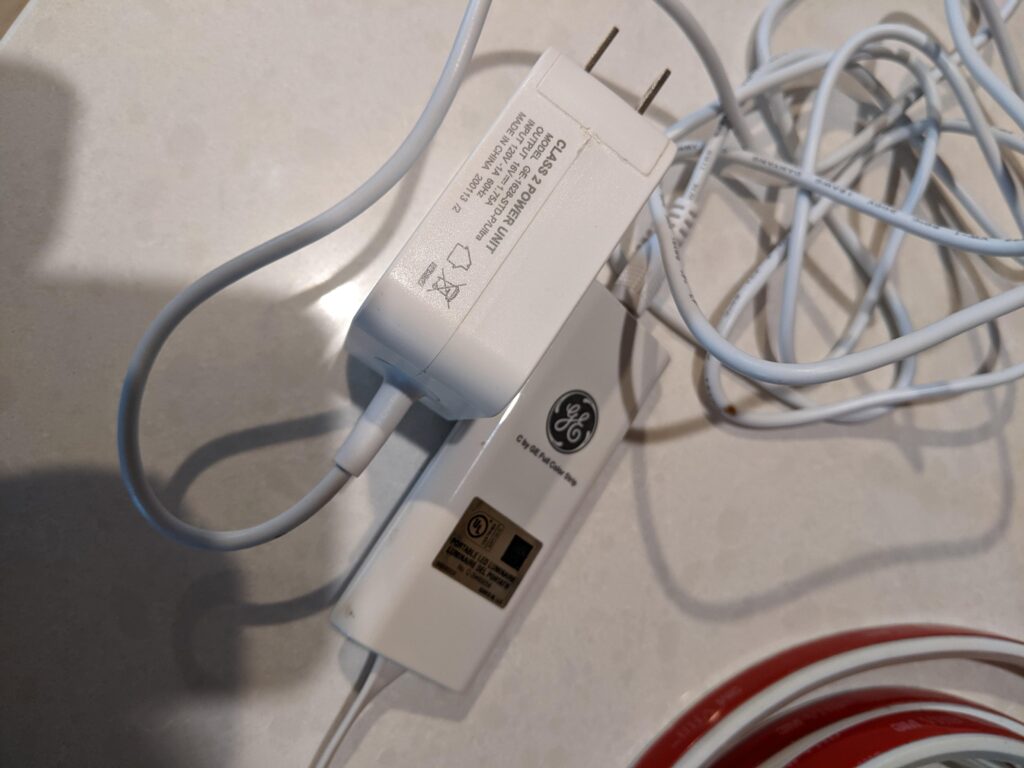
LED strip lights are a popular choice for both residential and commercial lighting applications. They offer a range of benefits, including brighter lights and increased energy efficiency. One option for installing LED strip lights is to hardwire them directly into the household wiring. This requires the expertise and skill of a professional installer.
There are several reasons why you might choose to hardwire your LED strip lights.
Cleaner Installation:
One advantage is that it allows for a cleaner installation with fewer visible wires. This can create a more organized and aesthetically pleasing look in your home or office. By eliminating the need for visible wires, you can achieve a sleek and seamless lighting design.
Consistent Electric Flow:
Another benefit of hardwiring LED strip lights is that they provide a consistent electric flow. When the LED strips are properly connected to a suitable power supply, you can expect a reliable and uninterrupted flow of electricity. This ensures that your lights will operate consistently and efficiently, without any flickering or dimming.
Increased Safety:
In addition, hardwiring your LED strip lights can offer increased safety. By connecting them directly to the household wiring, you eliminate the need for plug-in adapters or extension cords. This reduces the risk of tripping hazards and potential electrical accidents. Hardwiring also eliminates the need for bulky power supplies, which can be unsightly and take up valuable space.
Easy To Control:
Furthermore, hardwired LED strip lights can be controlled more easily. By integrating them into your existing electrical system, you can use standard light switches or dimmers to control the brightness and on/off functionality. This provides a convenient and familiar way to adjust the lighting in your space.
Where to Hardwire LED strip lights?
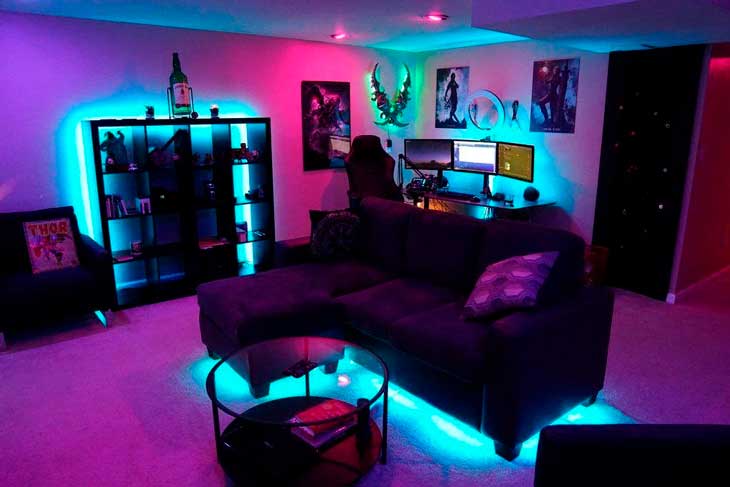
When it comes to hardwiring your LED strip lights, you have several options for where to install them.
Hardware Kitchen Cabinets
One popular choice is under cabinet lighting, which can provide both functional and aesthetic benefits to your kitchen or workspace. By hardwiring the LED strips underneath your cabinets, you can create a sleek and seamless lighting solution that illuminates your countertops and work areas.
Hardwire LED strip lights in Car
Another area where you can hardwire LED strip lights is in your car. Whether you want to enhance the interior ambiance or add some flair to your vehicle, hardwiring LED strips can be a great option. You can install them along the dashboard, under the seats, or even in the trunk for a customized lighting experience.
Hardwire LED strip lights in the Bedroom
Bedrooms are also a suitable location for hardwired LED strip lights. With the ability to make the strip as long as the sockets in your room can accept, you can create a soft and relaxing atmosphere. Whether you want to highlight artwork, create a reading nook, or simply add some mood lighting, hardwiring LED strips in your bedroom can be a simple and effective solution.
Hardwire LED strips in the Bathroom
If your bathroom is primarily used for basic tasks like face washing and teeth brushing, you can also consider hardwiring LED strips. By eliminating the need for a plug-in power block, you can achieve a cleaner and more streamlined look. Simply hardwire the strips to a wall switch for easy control and convenience.
How to Hardwire LED Strip Lights?
Hardwiring LED strip lights is a great option if you want a clean and seamless look without visible wires or plugs. It also provides a more permanent and secure installation compared to using connectors or adapters.
In this section, we will guide you through the steps on how to hardwire LED strip lights.
- First, you will need to gather the necessary materials. These include LED strip lights, a power supply, a junction box, wire connectors, wire strippers, and electrical tape. Make sure to choose a power supply that matches the voltage and wattage requirements of your LED strip lights.
- Next, you will need to determine the location where you want to install the LED strip lights. Measure the length of the area and cut the LED strip lights accordingly. Remember to follow the manufacturer’s instructions on how to cut the strip lights properly.
- Once you have the LED strip lights ready, you can start the hardwiring process. Turn off the power supply to the area where you will be working to ensure safety. Use wire strippers to remove the insulation from the ends of the LED strip lights and the power supply wires.
- Connect the positive (+) and negative (-) wires of the LED strip lights to the corresponding wires of the power supply. Use wire connectors to secure the connections and ensure a reliable electrical connection. Wrap the connections with electrical tape for added protection.
- After the connections are secure, you can mount the LED strip lights in the desired location using adhesive backing or mounting clips. Make sure to position the lights evenly and securely.
- Finally, you can test the hardwired LED strip lights by turning on the power supply. If everything is properly connected, the lights should illuminate.
Hardwiring LED strip lights may require some basic electrical knowledge and skills. If you are not confident in your abilities, it is recommended to consult a professional electrician for assistance.
Conclusion
In conclusion, hardwiring LED strip lights is not only feasible but also a practical choice for many homeowners and decorators looking for a permanent and reliable lighting solution. The process of hardwiring LED strips eliminates the need for external adapters and power supplies, thus creating a cleaner installation that seamlessly integrates into architectural elements of the space. This method enhances the overall aesthetics, removes clutter caused by wires and plugs, and ensures that the LED strips are consistently powered without the risk of loose connections or reliance on batteries. When planning to hardwire LED strip lights, it is essential to use the correct type of voltage (typically 12V or 24V) and ensure that the wiring complies with local electrical codes to avoid any safety hazards.
Moreover, the benefits of hardwiring LED strip lights extend beyond the visual and practical improvements. It offers enhanced durability and longevity of the lighting system, as the connections are more secure and less prone to damage than those of plug-in systems. Hardwiring also allows for the integration of LED strips into home automation systems, enabling control over brightness, color, and timing through central systems or smart home devices. This level of integration is particularly beneficial for achieving energy efficiency and customizability, as it allows the lights to be adjusted according to natural light levels or occupancy, reducing unnecessary power usage. Therefore, while the initial setup might require more planning and professional installation, the long-term benefits of hardwiring LED strip lights make it a worthy consideration for those looking to enhance their home or office lighting solutions.

